Two wheels to Lake Turkana: my Kenyan motorbike adventure
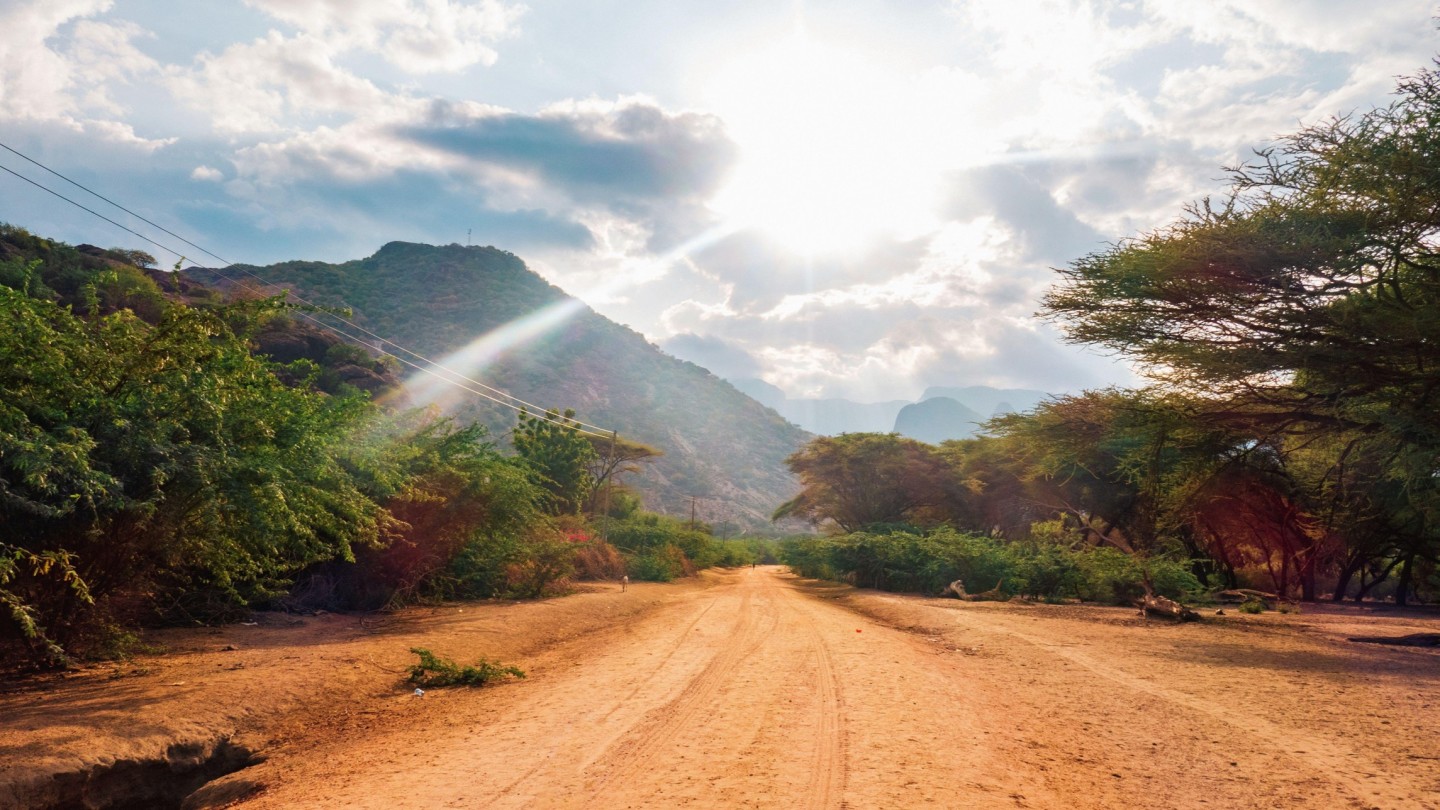
Roula Khalaf, Editor of the FT, selects her favourite stories in this weekly newsletter.
The moment when Lake Turkana becomes visible is an unforgettable one. It comes after you pass the wind farm, and at the tail end of a series of spectacular hairpin curves, weaving through the red earth. Sitting far below, sparkling in the afternoon sun, the lake promises cool relief at the end of the day-long desert crossing from Ngurunit. You can almost feel it on your thirsty skin, but to get there you must first navigate the dizzying two-kilometre descent, a challenge heightened when you are on a motorcycle.
I learnt how to ride a motorcycle at the height of the pandemic. The first two cycles of lockdown in Kenya were brutal, with Nairobi and neighbouring counties sequestered from the rest of the country. While Nairobi retains a critical mass of protected green areas offering a measure of respite, the cabin fever snuck in, and when we were finally allowed to gather in small groups it seemed as good a time as any to pick up a skill that I’d been considering for at least 15 years. And it was supposed to just be a skill — something that you know how to do just in case the need ever arises.
Yet the moment I learnt how to find neutral and shift gears, I was hooked. In Zen and the Art of Motorcycle Maintenance, Robert M Pirsig wrote that on a motorcycle “you’re completely in contact with it all, you’re in the scene and not just watching it anymore, and the sense of presence is overwhelming”. The conversation that exists between a motorcycle and its rider is pure meditation that you either get or you don’t. And I got it. You can’t space out when riding a motorcycle: you have to be fully present at all times and forget everything beyond keeping the machine upright and moving. By the end of the fortnight of classes, I was putting down a deposit on a beginner adventure bike and dreaming of seeing Kenya in new ways.
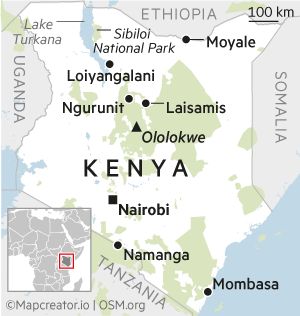
Like many other countries, Kenya is an agglomeration of different territories cobbled together through a series of historical accidents and the expansionist fantasies of men with guns. The vast majority of Kenyans live in the south alongside the rail line that connects Mombasa on the coast and Kisumu on Nam Lolwe (Lake Victoria). But a vast swath of Kenya is distributed across only five out of the 47 counties — Turkana, Marsabit, Mandera, Wajir and Garissa — in the country’s north and east. The British colonial government was so intimidated by the ingenuity and grit it took to survive these territories that its administration never took hold here. The region was administered separately from the rest of the country, handily labelled “the Northern Frontier District”. It was here that political prisoners demanding independence served their sentences and unlucky colonisers were sent as punishment. Even today, so removed are they from the construct of the nation that when you visit from the south you are routinely greeted by the question “how is Kenya?”
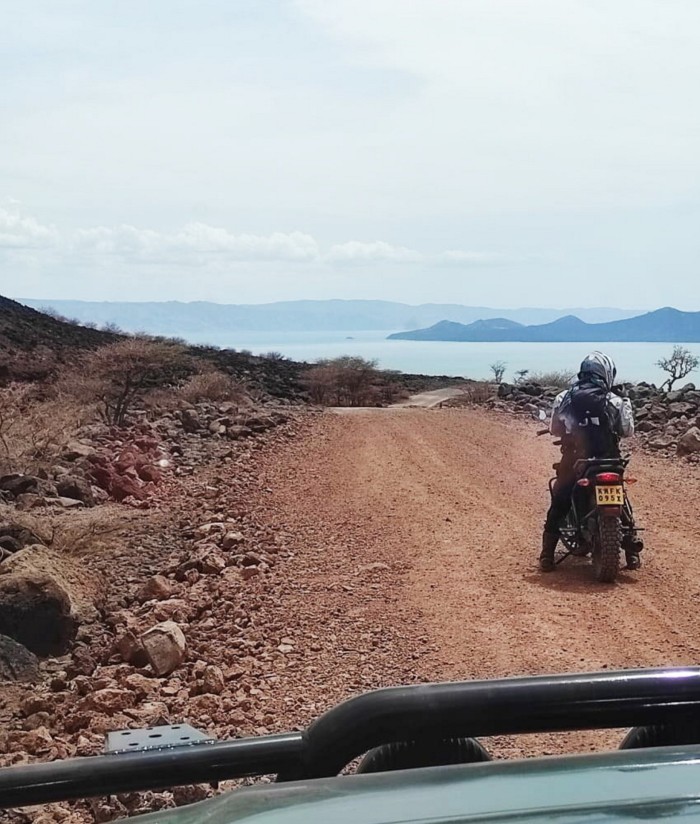
For most of Kenya’s history, leisure travel here has been out of reach because of security concerns. Water is scarce and communities do resort to violence to secure pasture and freshwater sources. Massive private conservation projects administered as armed enclaves have aggravated the situation. For most of Kenya’s history Nairobi has responded to intercommunal clashes by arming communities or descending upon them with unprecedented violence. The region has well and truly been “The Other” in the words of Edward Said.
This changed dramatically with the 2014 completion of the last section of the A2 highway, connecting Kenya’s northern and southern borders from Moyale to Namanga. The highway cut travel time from Nairobi to Marsabit to a single day instead of three, encouraging southerners to visit. And in the decade since the highway was completed, Kenyans have responded to the invitation with an enthusiastic “yes”.
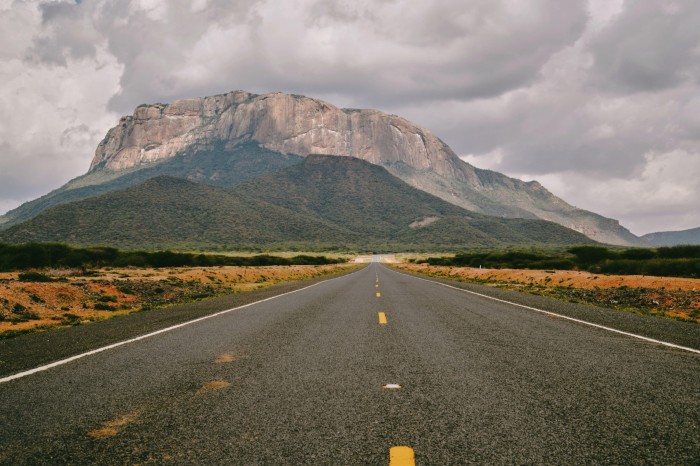
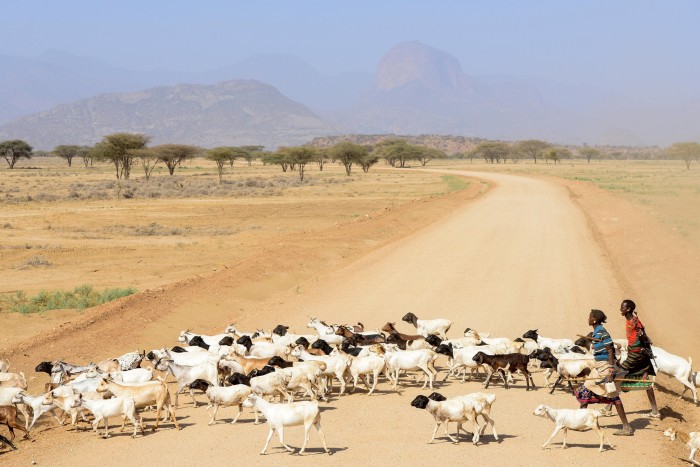
Nine months after I had been on a motorcycle for the first time, I heard the invitation myself. When I bought my motorcycle, I called her Sibiloi, the name of Kenya’s northern-most national park, representing my vague ambitions that we might travel there together. By this time, I had been embraced by the circle of motorcycle hobbyists including one of the growing number of women’s motorcycle clubs in the city. Unscheduled weekend rides called “randoms” were a respite from the stifling pressure of lockdown, keeping us distanced but taking us to places where a four-wheel-drive car might struggle. Sibiloi had taken me to Amboseli to see the snow-capped peak of Kilimanjaro and to the prehistoric sites in Olorgesailie, and my appetite for adventure riding had only grown.
When I reached out to the mixed group riding clubs sharing my idea for a ride to Sibiloi National Park, I got a series of messages from male riders telling me it was too dangerous. Yet when I messaged the women’s riding groups, all I got were encouraging messages and help with planning. Riding a motorcycle reminded me that women who live their lives outside the lines that society draws for them must be brave.
On the morning I started, I was so nervous my hands were trembling. My bike wouldn’t start, and I worried it must be a bad omen (in fact, I needed petrol). I left Nairobi coaching myself through deep breathing exercises and a single mantra “just get to the next town”. And so I did, in roughly two-hour segments between towns along the highway. After Isiolo, vehicular traffic petered out and I was suddenly alone for long stretches of highway. No longer surrounded by the most dangerous obstacle for motorcyclists — other drivers — I was finally able to take in the enormity of what I was doing. At Ololokwe, “Sacred Mountain” in the Samburu language, I stopped for the iconic picture that lets everyone know that you are now in the North, with Nairobi far behind, surrounded by elephants and more. It was here that I first felt the fist of anxiety in my spirit slowly unclench.
In the afternoon I arrive in Laisamis, 435km from Nairobi, where I connect with the local guides that I’ve hired to help me over the next three days of riding. Laisamis is the last stretch of tarred road before the desert, which has its own rhythms and cultures that must be respected. We will carry water to share with people we encounter on the way; the guides must ask which roads are impassable because the communities are clashing, or because a flash flood is expected. They will describe the road ahead for me, tell me at which landmark I should stop, then follow behind in a car.
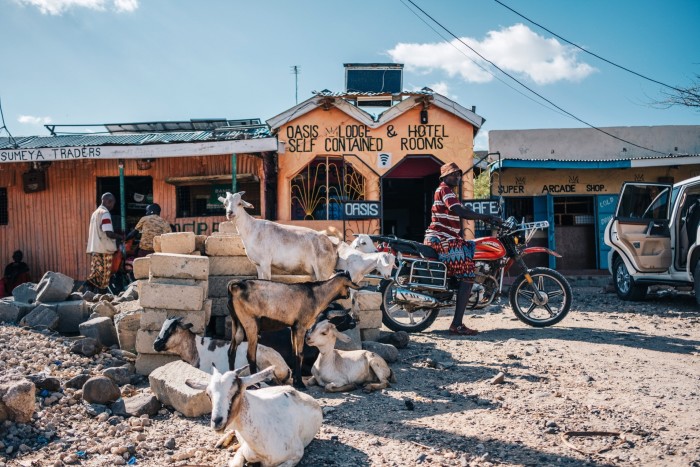
At first, they are confused by a lady who rides a motorcycle in the desert for fun, but by the end of the week we have been through so much together that we are friends. After Laisamis, the road to Sibiloi is two days and 404km of sand and rock desert. I occasionally ride past a boda boda or motorcycle taxi, the most common form of motorised transport in rural Kenya, but for the most part I am sharing the road with jackals, antelopes, ostriches and the occasional hyena.
It takes a new level of focus to navigate deep sand or hours on large, loose gravel. We stop for water and the occasional photo but for the most part, I am only focused on the stretch of road in front of me. What do people think about on long motorcycle rides? For me, nothing at all. My mind is completely empty except for the music coming through my headset and the mantra “just get to the next landmark”. So I’m a little surprised when at the end of that first day Lake Turkana appears, winking in the sun as if to say, “well done, you”.
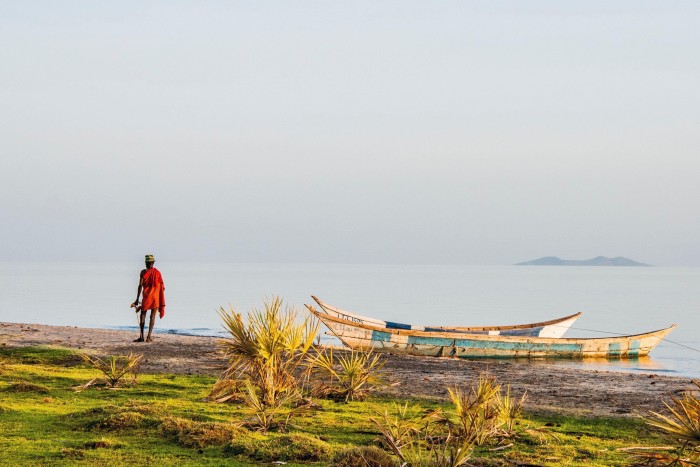
A 20-kilometre ride along the lake shore leads to Loiyangalani. Campers are spoilt for choice here and have the option to spend the night on the beautiful black beaches of South Island National Park. For other travellers the hotels are simple yet clean and friendly. I choose a hotel because long distance motorcycle riding — holding a proper riding position for hours on end with no support — is very physical. Further north in Sibiloi National Park, the Kenya Wildlife Service runs the only budget accommodation, which must be arranged in advance by radioing ahead from Loiyangalani.
The road between the two outposts weaves through the desert with no real landmarks for more than a hundred kilometres. For adventure riders, it is heaven. Deep sand, steep rocky hills, and camel convoys that demand you stop abruptly and respect their right of way. I fall three times, but I have good protective gear and each time I get up, pick up my bike myself and hop back on. After the first fall, the guides don’t even bother to get out of the chase car — I am back on the bike before they reach me.
When we arrive in Sibiloi, I feel a level of accomplishment that has changed me forever. My guide offers me a handle for it all. At dinner (fresh fish from the lake caught while we watched) he says with a smile “after today, you can really call yourself a rider”. Somehow, I know he is right.
Nanjala Nyabola is a writer and political analyst; her books include “Travelling While Black: Essays Inspired by a Life on the Move” (Hurst)
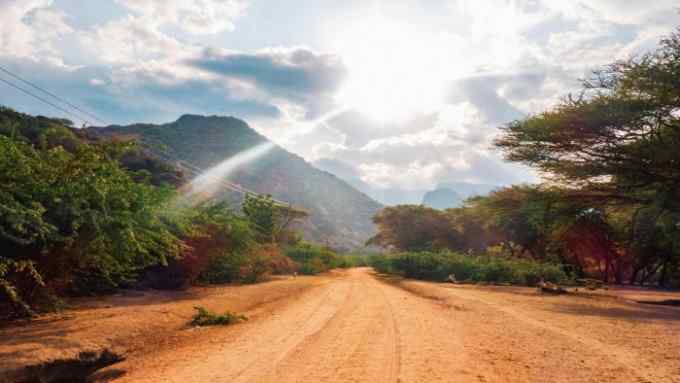
Comments